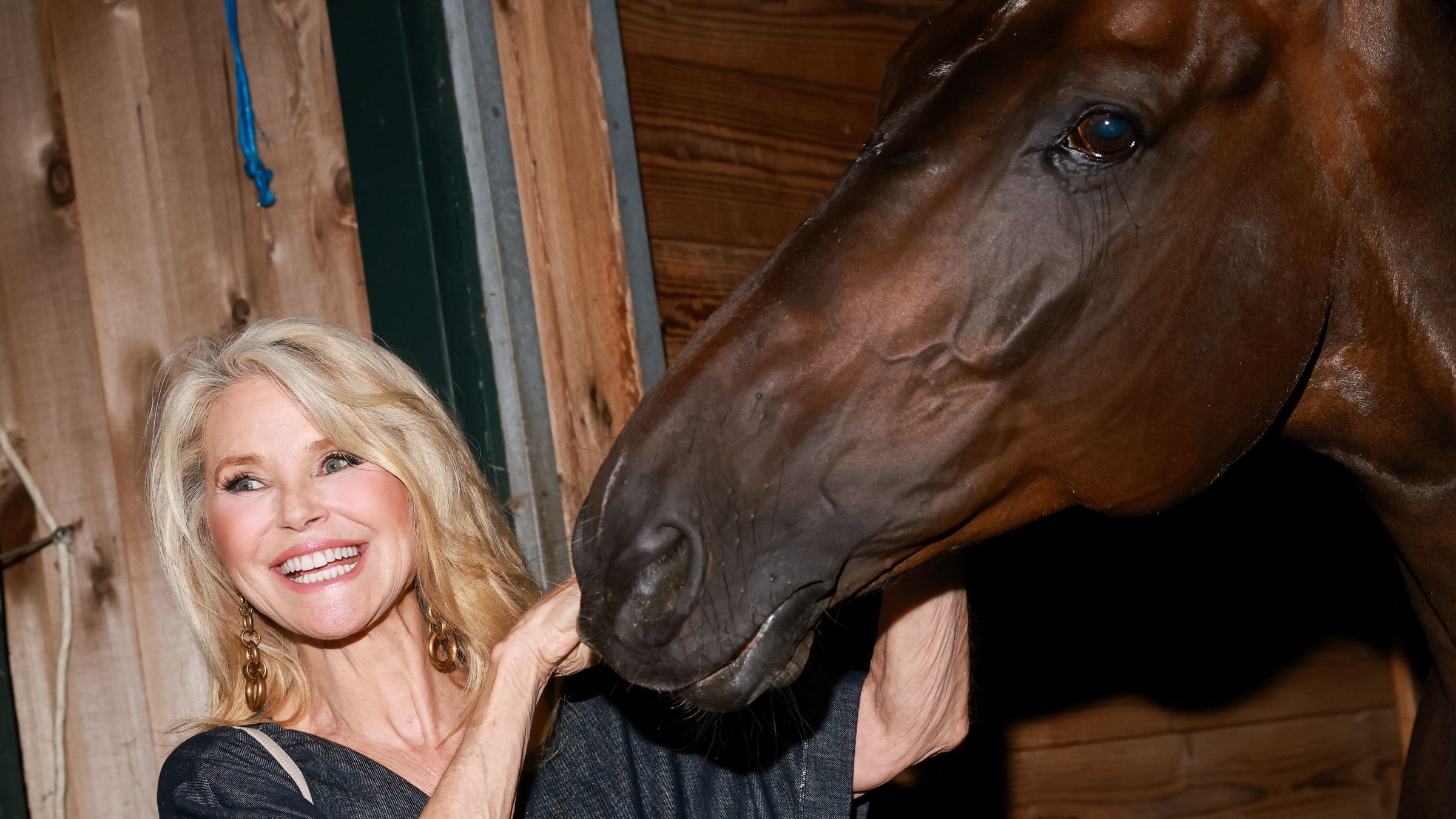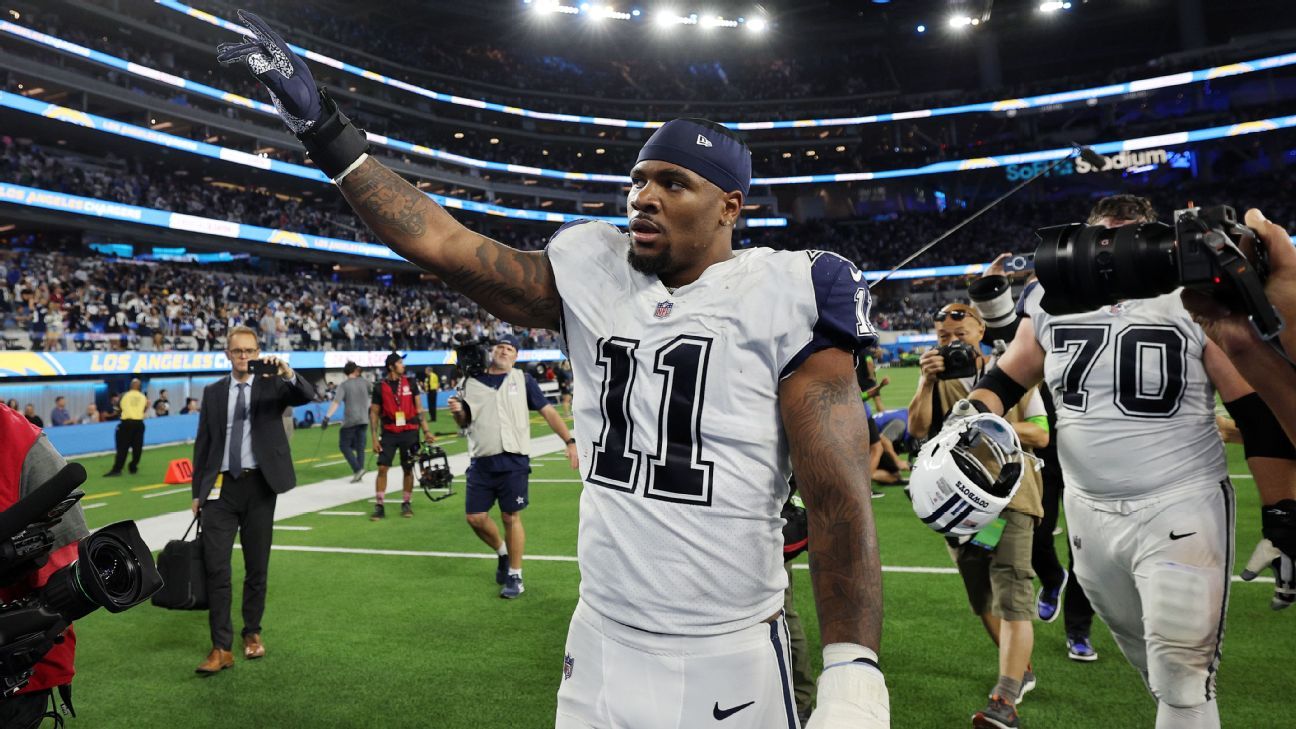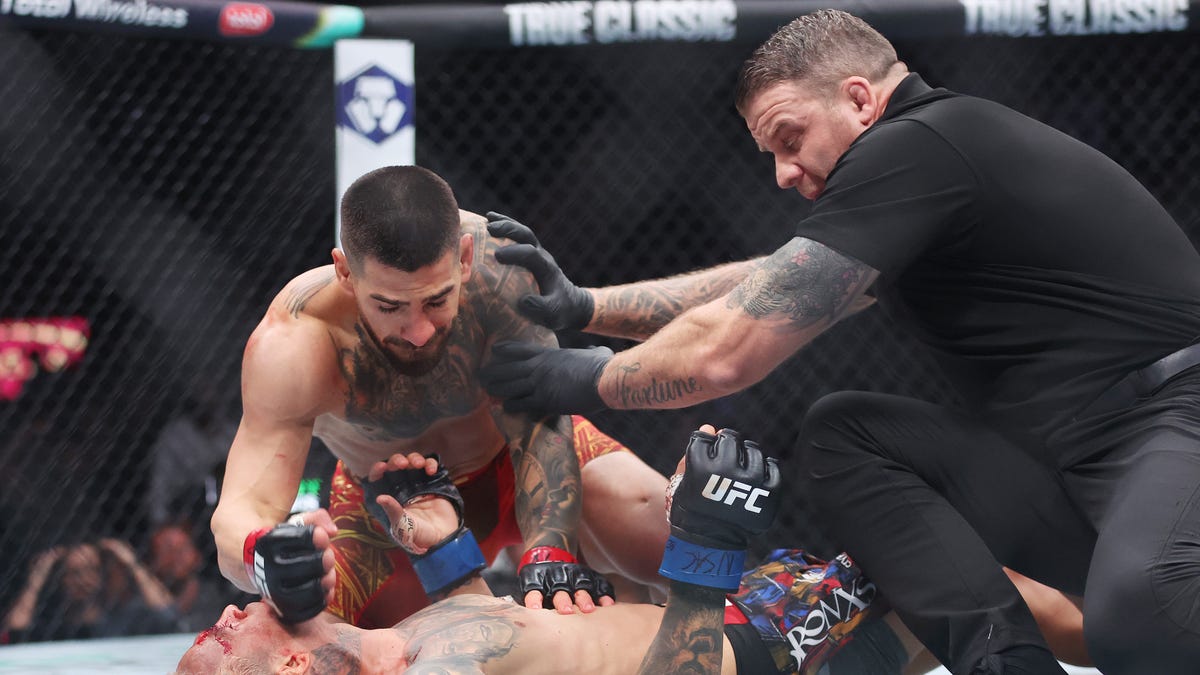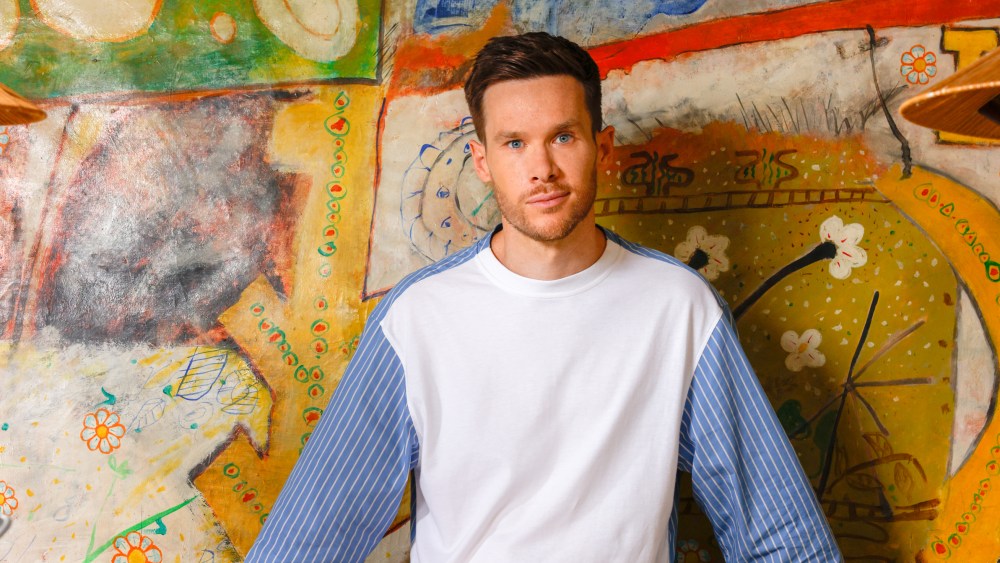
Welcome to Factory Tour, where we take you inside the manufacturing facilities of our favorite brands to reveal how the clothes we buy are actually made.
Step inside the downtown Los Angeles factory of Buru, and you’ll quickly realize this isn’t your average clothing production facility — it’s a living, breathing love letter to responsible manufacturing. Everything, from sample making to shipping, happens under one roof. What’s more, every garment is made from deadstock fabric.
“We always say: ‘from fabric to fulfillment,'” says founder Morgan Hutchinson. “It’s very vertical in that way.”
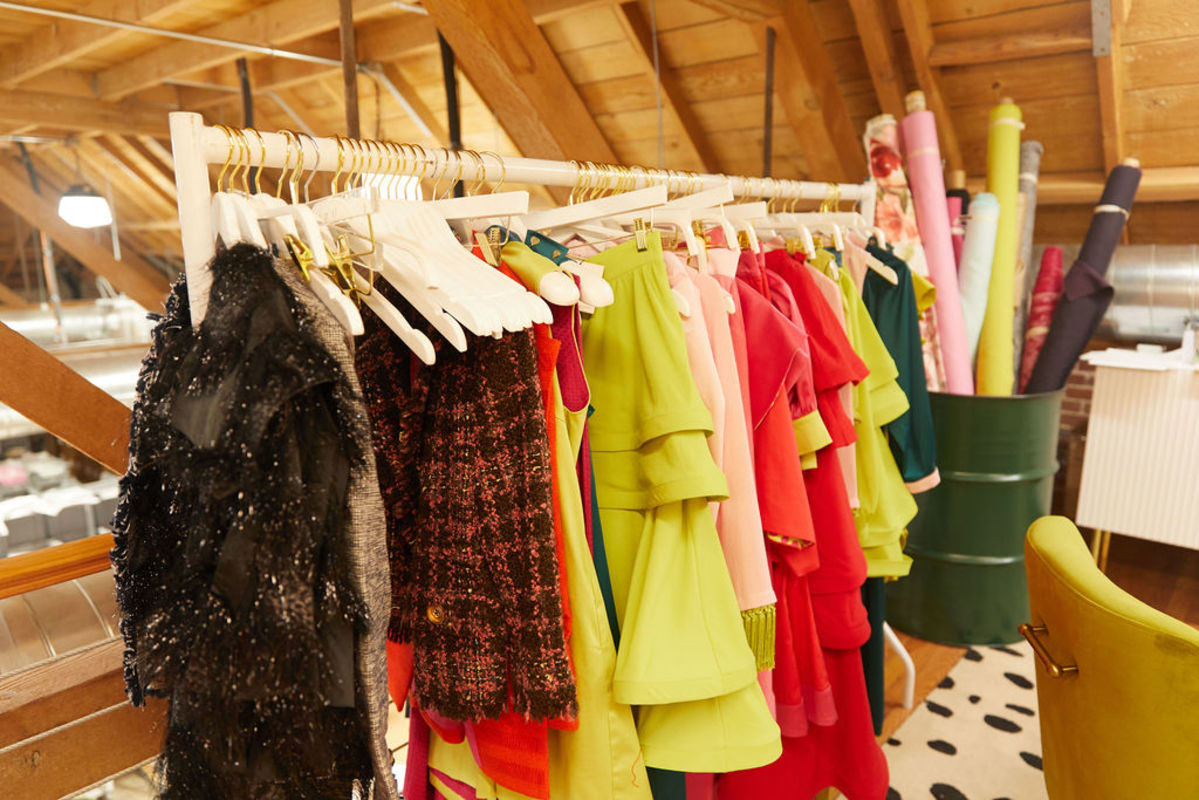
Photo: Courtesy of Buru
Racks of Buru’s signature pieces line the space — feminine silhouettes that balance practicality with a sense of fun. From dresses and tops to statement coats, the designs are rich in color, bold in print, and finished with playful details like oversized bows and scalloped trims. The brand focuses on reimagining the same silhouettes in various fabrics and lengths, offering customers a range of options without sacrificing familiarity.
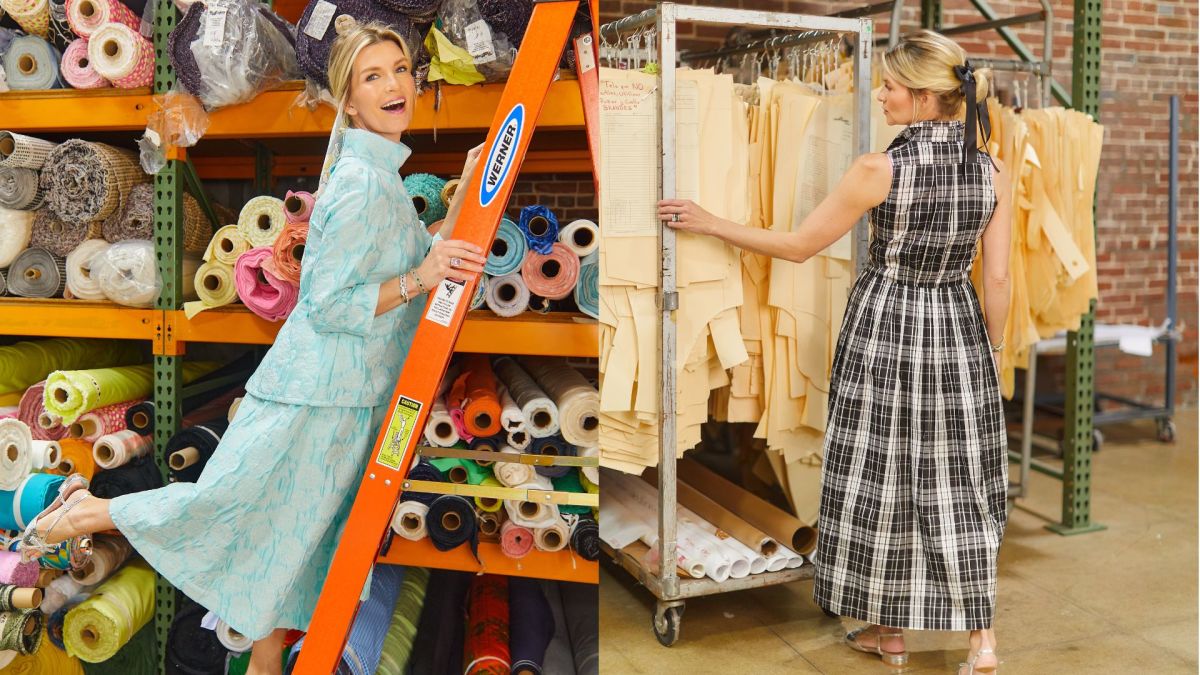
Photos: Courtesy of Buru
While all design is led by Hutchinson, the brand frequently partners with stylists, influencers and fellow creatives to bring fresh perspectives to their collections, adding new energy while staying true to the core Buru aesthetic. Many designs are rooted in personal history, like a coat inspired by Hutchinson’s grandmother’s heavy duchess satin wedding coat, but modernized with lighter fabrics and thoughtful pleating. With in-house production, Buru is able to continually refine these pieces by adjusting volume, experimenting with structure and evolving the classics to fit modern life.

Photo: Courtesy of Buru
On one side of the factory, stretching sky-high to the ceiling, are bolts of fabric, from luxurious Japanese wools to soft North Carolina cottons — all locally-sourced deadstock. The materials are a mix of vintage and new, often over-purchased or left unused by other brands.
“Some of it is old, like a lot of these trims; we also source all of our buttons and trims locally,” Hutchinson explains. Even the equipment tells a story; the sewing and embroidery machines were also purchased secondhand. The only thing Buru buys new? Zippers (since those don’t typically age well).
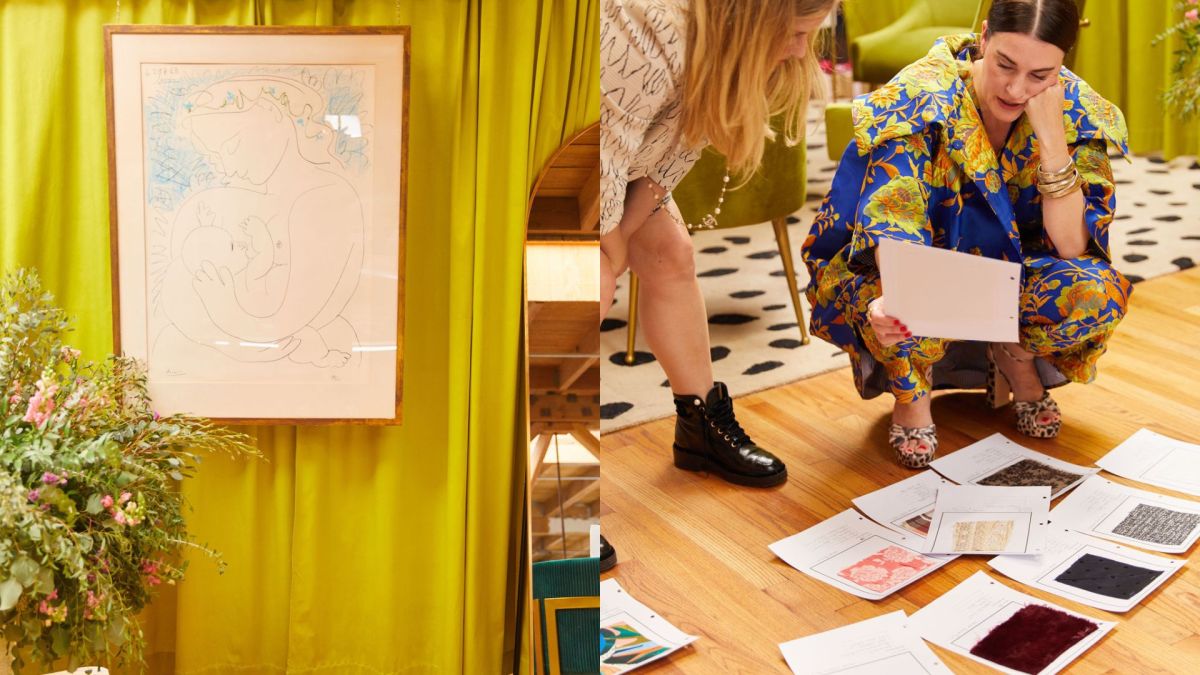
Photos: Courtesy of Buru
Buru’s downtown L.A. space has only been open since 2022, but the brand itself was founded in 2013, when Hutchinson was navigating life as a new mom and struggled to find breastfeeding-friendly clothing. “I had my first daughter that year. She was the inspiration behind all of it,” says Hutchinson. During those early days of motherhood, she felt a disconnect between her changing body, evolving style and what the fashion world was offering women like her. “I felt like no one was speaking to this mid-30s woman,” she says. That realization became the seed for Buru, which means “to breastfeed” in Mandarin.
After living in China for four years for her husband’s job and giving birth to their daughter, Hutchinson drew from her background in fashion and manufacturing, including running a lingerie line in her 20s, and decided to start Buru as a curated marketplace featuring other brands that shared Buru’s boldly feminine aesthetic — like Rachel Comey, Mara Hoffman and LoveShackFancy.
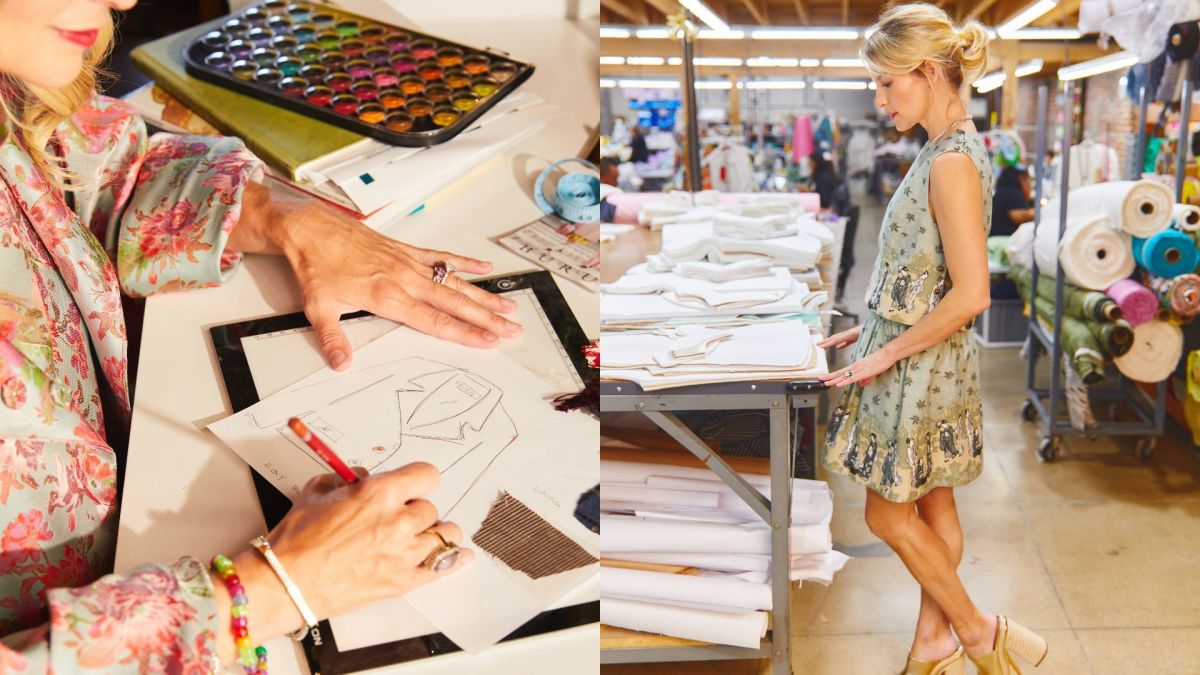
Photos: Courtesy of Buru
However, it soon became clear that this business model wasn’t sustainable, especially as a digitally native brand competing in a discount-driven market. Encouraged by her husband and co-founder, she returned to design, creating her own pieces tailored to what she knew women wanted: versatile silhouettes, thoughtful styling, and clothes that made them feel confident in their changing bodies. Since 2019, Buru has been comprised solely of Hutchinson’s designs. “But it just can’t all happen overnight,” she stresses. “That has not been Buru’s story.”
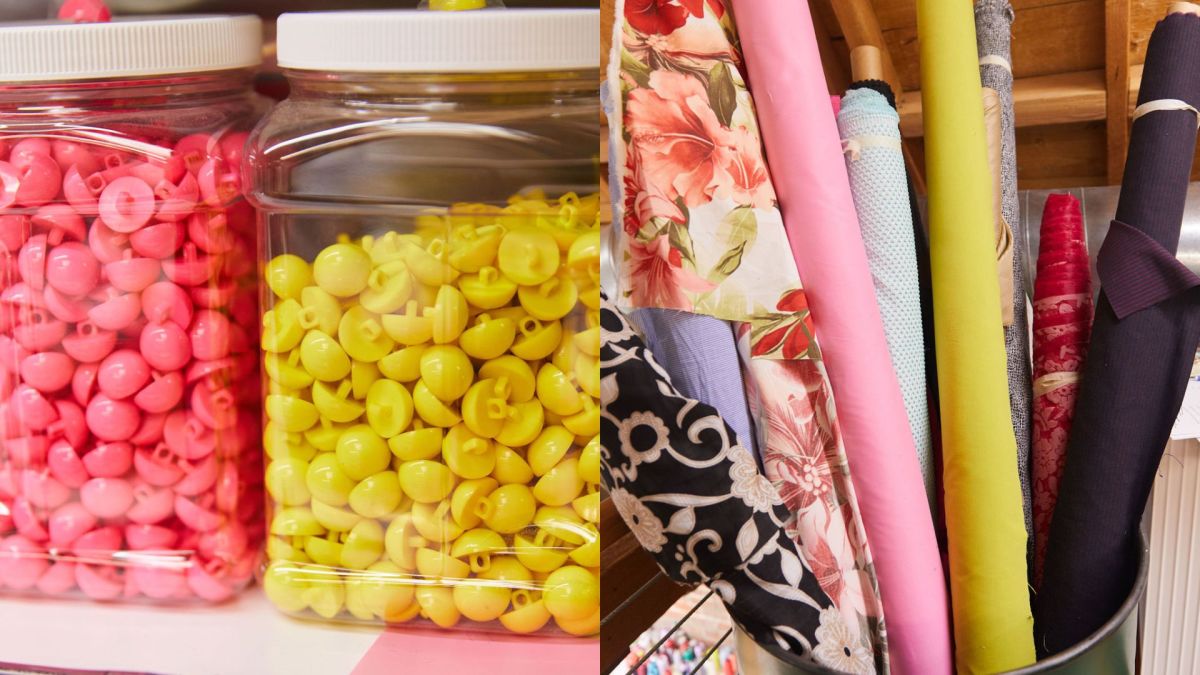
Photos: Courtesy of Buru
The decision to bring every step of the process in-house was born out of necessity. “When we first moved here to start domestic production, it was piecemealed,” Hutchinson explains. “You had a pattern maker in one place and a sample maker elsewhere. You were driving all over town.” Now, everything flows within one room. “I’ve come in and said, ‘I would really love to get this sampled,’ and we might have it by the end of the day.” That speed is a game-changer in today’s reactive retail landscape. “When you see a need, when you see something catch on, and then you’re able to act in real time…those are the moments that are setting us apart,” she says.
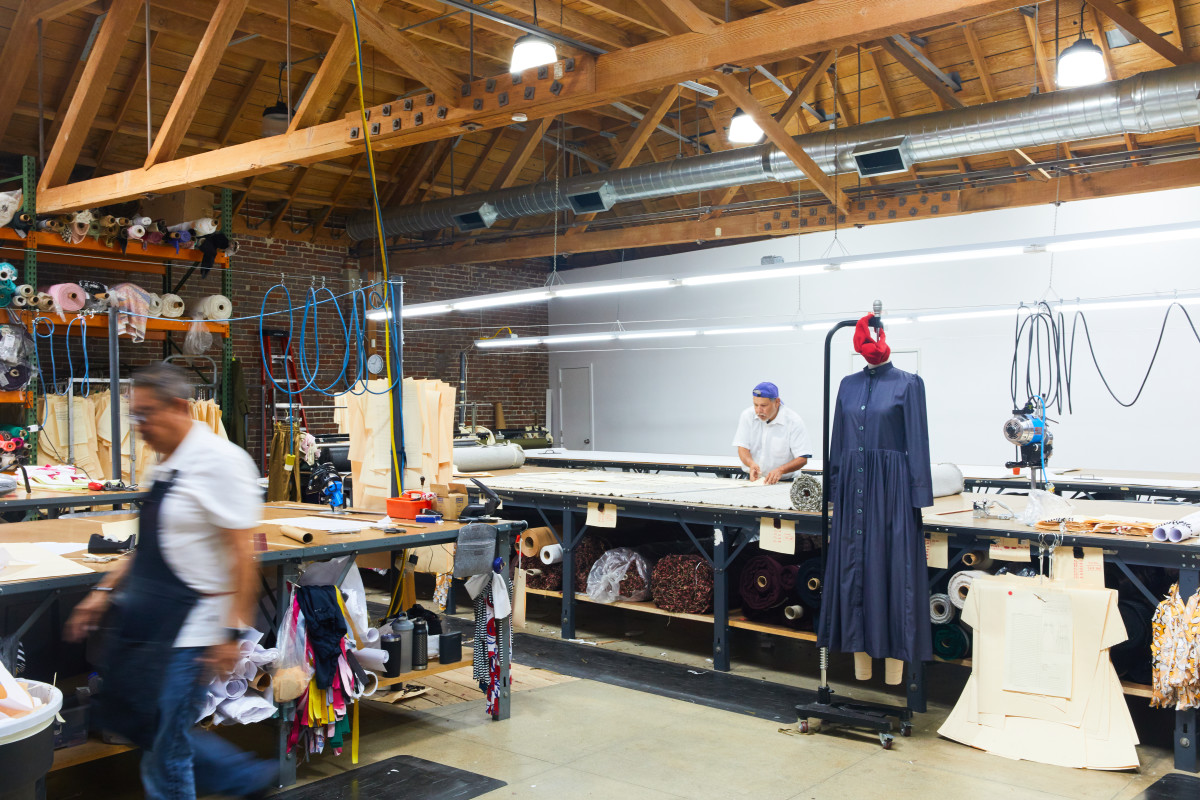
Photo: Courtesy of Buru
Because Buru relies on deadstock, their runs are naturally limited, but that’s the point. “With deadstock, when it’s gone, it’s gone. But the one thing you can do is offer them other colors,” Hutchinson says. This means a sold-out silhouette — like the brand’s fan-favorite Bermuda set — might quickly reappear in new shades. “We can have those samples in a couple of days, photographed and online. It’s a pretty remarkable way to capture that person [when] we sold out of what they initially wanted.”
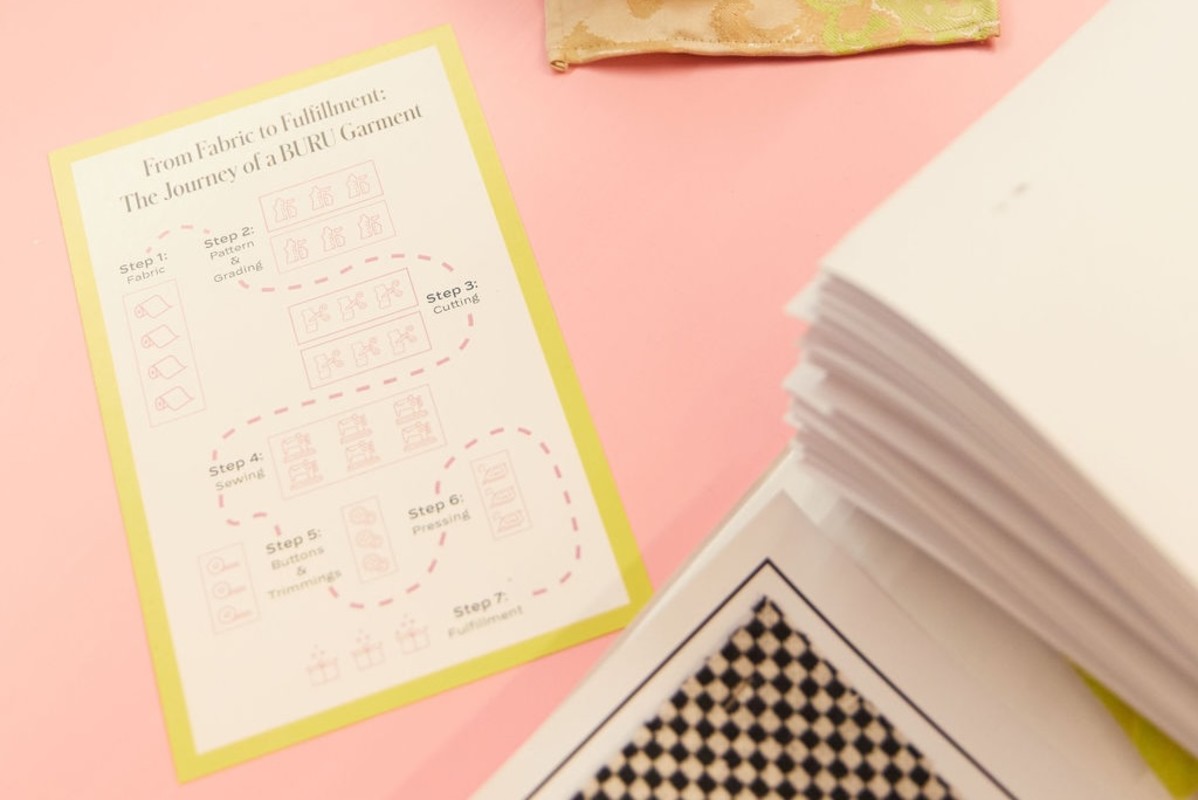
Photo: Courtesy of Buru
This model also minimizes waste. “Inventory will kill a business,” she says. “So being nimble helps us not overbuy…it helps us act in the moment and it helps us not totally lose [a customer].” As for smaller fabric remnants, nothing is left behind. “We call it our dead, deadstock,” laughs Hutchinson. These leftovers are being transformed into Buru’s upcoming Patchwork Project, featuring truly one-of-a-kind pieces.
From first sketch to final stitch, Buru’s process is powered by people. “It’s close to 20 hands that will touch a garment and give it all the love before it arrives,” Hutchinson says. “And it’s 20 people here who are all paid a living wage and have half their health care covered.”
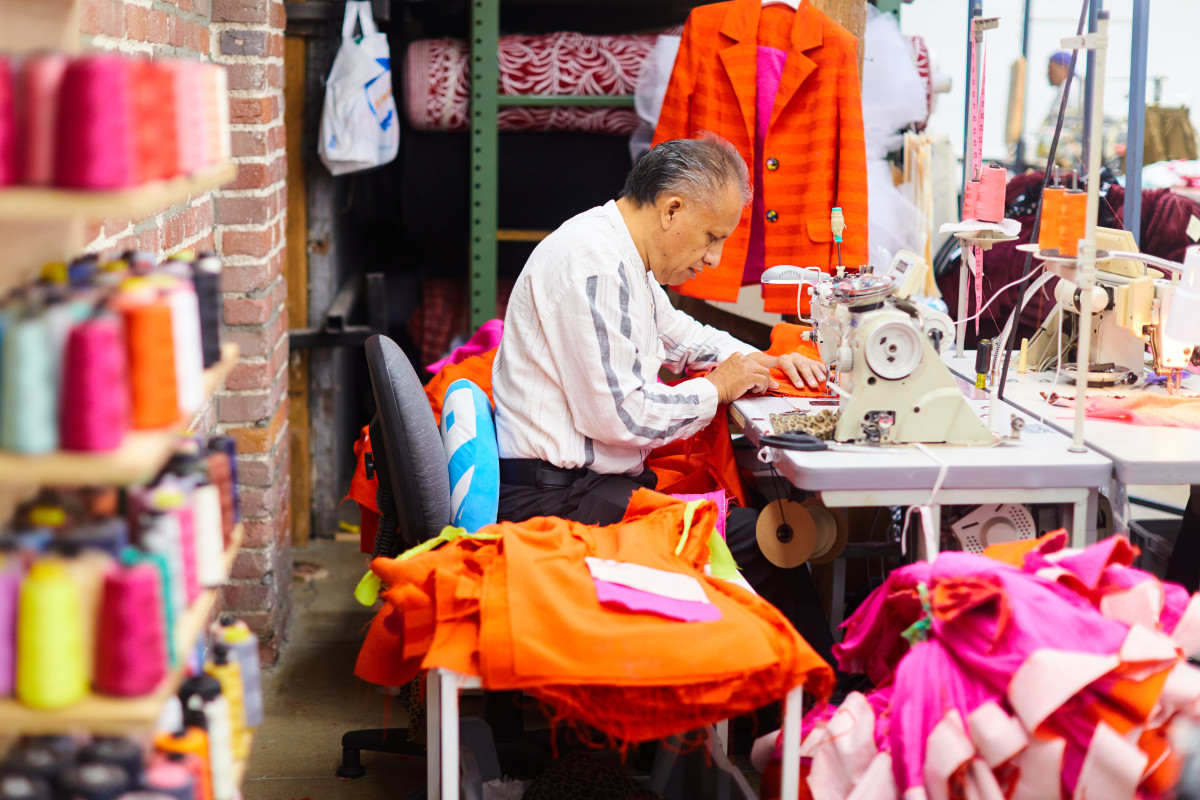
Photo: Courtesy of Buru
Hutchinson favors the word “responsible” over “sustainable,” explaining, “Sustainable is so loose that there’s no real definition. I think it also covers the gamut of how we make things, because a lot of people will say it’s a sustainable garment, and they mean the textile. But is it responsible in terms of how much that person was paid? Did they put too much pressure on the factory that was making it, so they’re rushing them to do it? To me, it’s about doing the best we can and always striving to be better.”
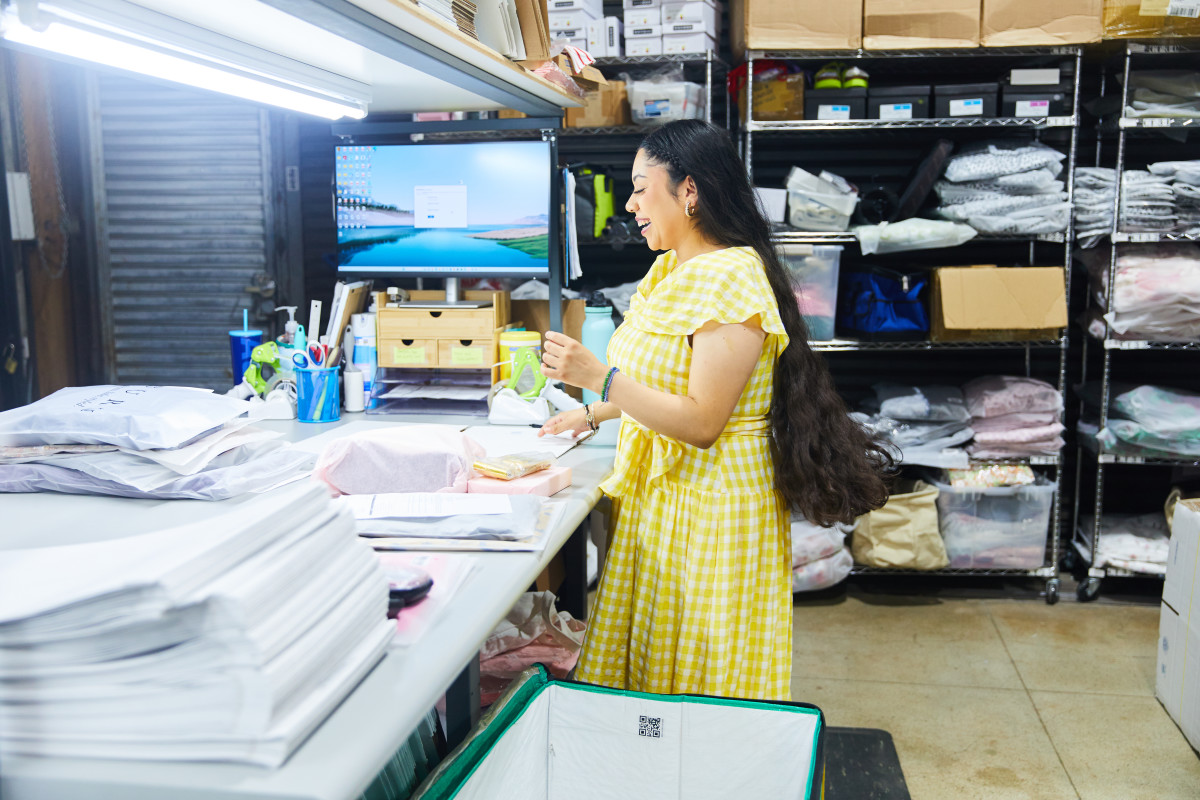
Photo: Courtesy of Buru
At its core, Buru is about making fashion joyful and personal. “I read something earlier this week that said the world doesn’t need more products. So, if you’re making something, it needs to be so special,” Hutchinson reflects. “Even if we’re selling less, make it special. Make it something that they’re so excited to wear and that truly brings joy. And I feel like we have the ability to do that in a factory like this, because I don’t have some giant manufacturer telling me you’ve got to make 500 of that really outlandish statement skirt.”
Tune into the Fashionista Network to join the conversation with fashion and beauty industry leaders. Sign up here.
#Buru039s #Los #Angeles #Factory #Joyful #Fashion #Meets #Responsible #Production

